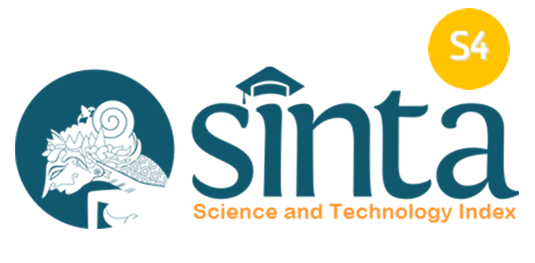Model Of Acceleration Of Economic Development Of Disadvantaged Areas In East Java Province
DOI:
https://doi.org/10.33005/ebgc.v3i2.123Keywords:
Economic Potential,, Area,Location Quotient, Shift Share, Klassen, SWOT.Abstract
The purpose of this study was to determine the role of the leading sectors and their strengths, weaknesses, opportunities and threats to economic development in disadvantaged areas using the LQ, Shift-share, Klasen Typology, SWOT analysis methods. The results of this study conclude: 1) the economic structure of each region (Sampang, Bangkalan, Situbondo, and Bondowoso) is dominated by the agricultural sector, this is supported by abundant natural resource potential, such as the extent of agricultural land; 3) from the demographic aspect, the people in each disadvantaged area, most of whom work in the agricultural sector, either as farmers or as farm laborers; and 4) based on the discussion above, the resulting strategy is based on the development of the agricultural sector, including: a) optimizing management, utilization of natural resources potential, and investor interest in increasing employment; b) improving the quality of human resources for farmers and fishermen, PPL personnel and information networks by utilizing technology in order to increase production capacity; c) improving facilities and infrastructure, as well as improving technology to increase investment, especially in leading sectors; and d) strengthening regional institutions, trade institutions and management of leading sectors in facing competition between regions.









